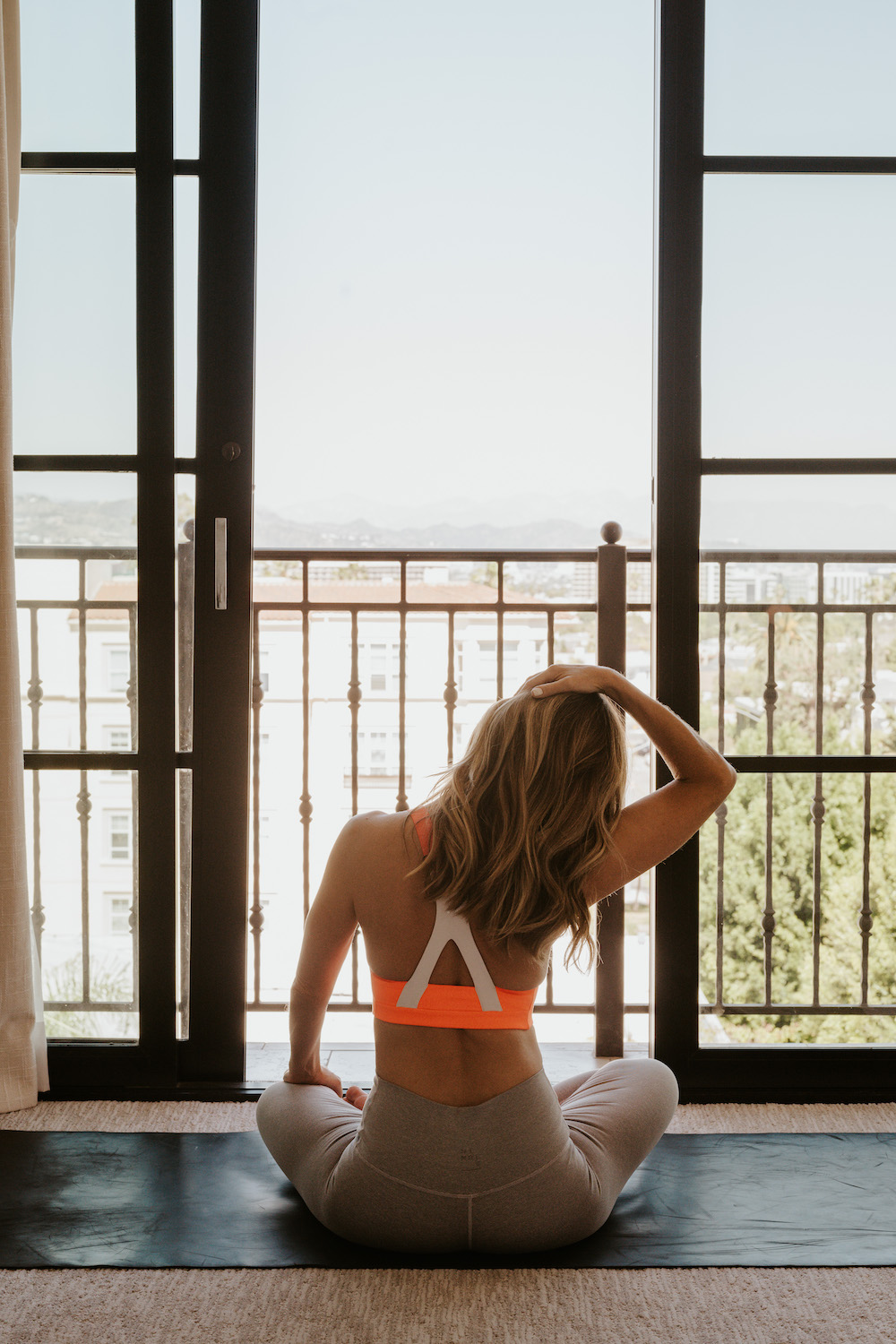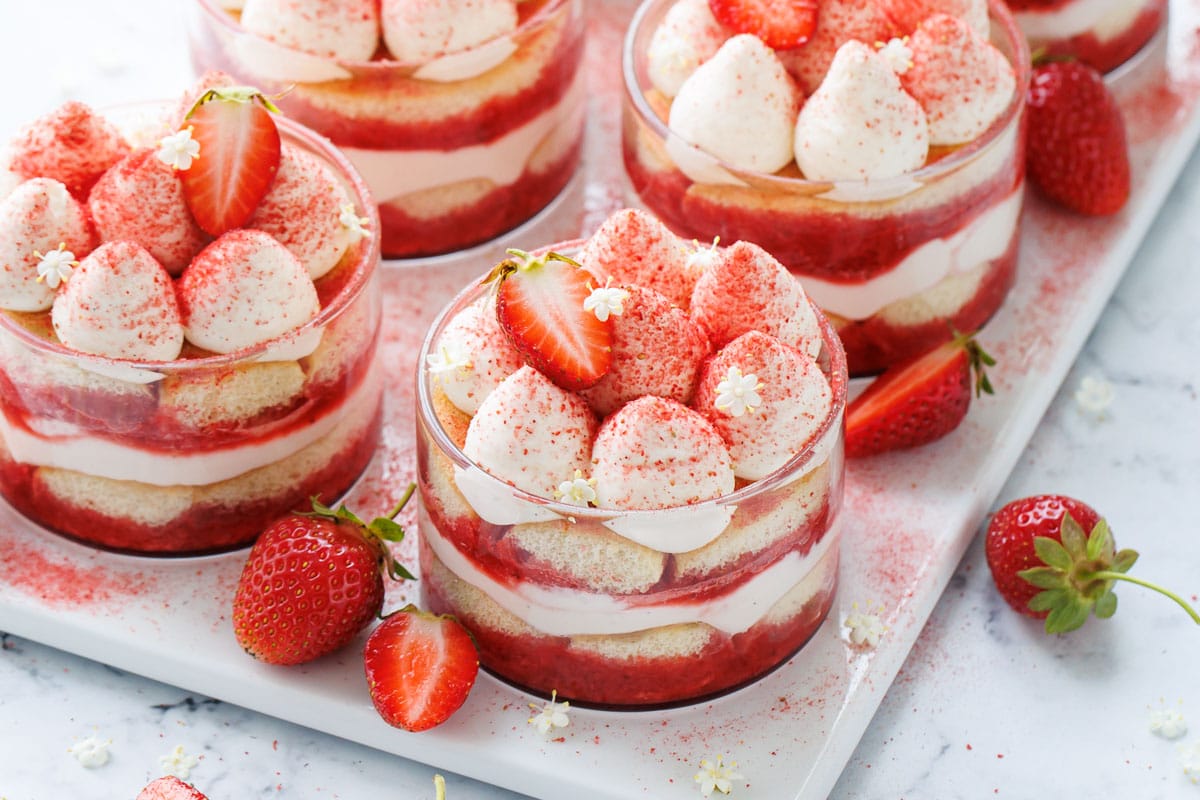You Can Embrace 'Cluttercore' Without Your House Looking Like a Yard Sale
The year was 2019—January 1st, to be exact. Eight episodes of a show called “Tidying Up With Marie Kondo” dropped on Netflix, aligning perfectly with all the resolutions made the night before by people vowing to organize their homes,...


Photo: Fhaizal Mazlan (Shutterstock)
The year was 2019—January 1st, to be exact. Eight episodes of a show called “Tidying Up With Marie Kondo” dropped on Netflix, aligning perfectly with all the resolutions made the night before by people vowing to organize their homes, leaving them free of clutter. Thrift stores soon overflowed with donations of clothing, books, and household objects that no longer sparked joy for their former owners.
But for some people—myself included—the “clutter” we surround themselves with in our homes does spark joy. In fact, that’s probably why these objects are visible, filling shelves and covering the walls of our spaces. Our living rooms may resemble Victorian curiosity shops, and that’s how we like it.
And that’s where a design aesthetic known as “cluttercore” comes in. Like many trends, it’s been making the rounds on social media (TikTok in particular) for a few years now. But it’s not an excuse to be messy, or letting things pile up: It’s all about creating “organized chaos.” Here’s what to know.
What is cluttercore?
While some people find bare, clutter-free rooms with minimal decor calming, others feel most comforted when surrounded by objects, images, colors, patterns, and textures they love—sometimes, a lot of them.
Cluttercore isn’t a haphazard accumulation of “stuff,” but rather, the thoughtful and intentional selection and arranging of items that hold some sort of meaning for you. Colors and patterns may clash, and that’s perfectly fine.
How to incorporate cluttercore design in your home
The key to cluttercore is the “organized” part of “organized chaos.” Here are some tips for incorporating the aesthetic in your own home, without making it look like a yard sale:
Everything has a home: Each piece should not only be there for a reason, but it should also have its own dedicated spot (which, of course, can change as necessary).Limit it to a single layer (if possible): If you’re displaying items on a shelf, it’s usually best to stick to one line/layer, rather than packing your shelves two- or three-objects deep. This makes the clutter look a bit neater, and allows you to see everything you put out (which is kind of the point).Keep open floor space neat: Go ahead and cover your walls, ceilings, shelves, etc., but try to keep the open floor space (which should, at minimum, be a walkway) as clear as possible. Not only is this better/necessary in terms of fire safety, but it also balances the clutter everywhere else.Keep sitting furniture/sleeping open: You may have a chair that you use as an end table, or a stool that’s only for display (which is fine), but at minimum, keep the furniture you actually use to sit or sleep on open. Aside from making sure you’ll have somewhere to sit, it also adds more (somewhat) empty space to the room to balance the rest of your decor.
 Konoly
Konoly 
































